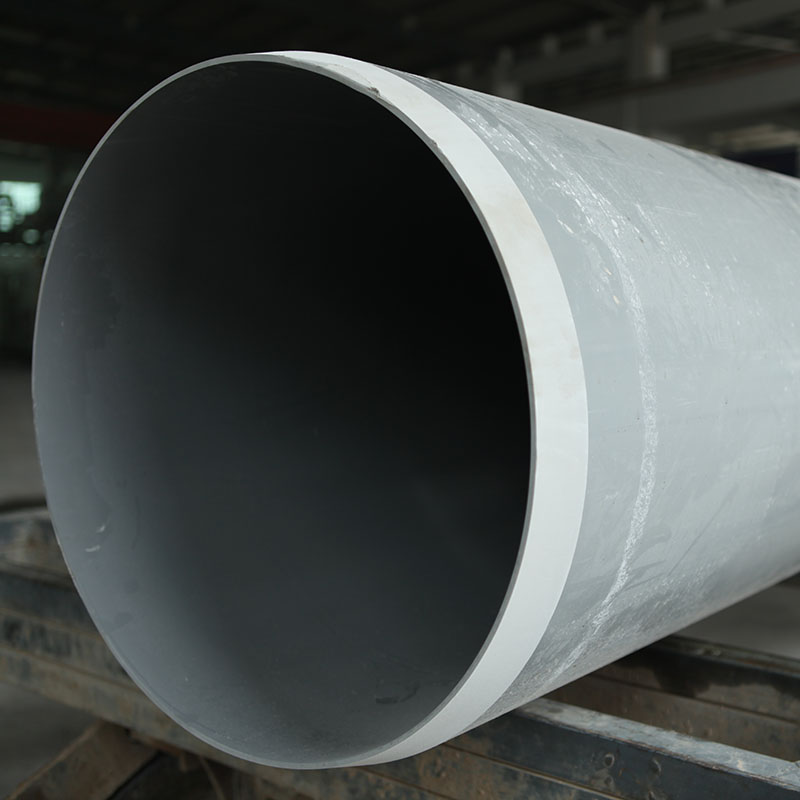নভে. . 10, 2024 12:33 Back to list
HDPE Pipe Joining Techniques and Best Practices for Strong Connections
Understanding HDPE Pipe Jointing Techniques and Importance
High-Density Polyethylene (HDPE) pipes are widely recognized for their superior strength, flexibility, and longevity, making them a popular choice in various applications, including water distribution, sewage systems, and gas distribution. However, the effectiveness of these systems heavily relies on the quality of jointing between pipe sections. This article delves into the techniques of HDPE pipe jointing and their critical significance in maintaining system integrity.
The Importance of Proper Jointing
Jointing HDPE pipes correctly is crucial for several reasons. First and foremost, poorly formed joints can lead to leaks, reducing the efficiency of the system and potentially causing environmental hazards. Unsecured joints can also result in pipe dislocation, leading to service interruptions and costly repairs. Moreover, in systems handling pressurized fluids, inadequate jointing can pose safety risks due to sudden failures, which can have catastrophic consequences.
Types of Jointing Techniques
There are several methods for jointing HDPE pipes, each with unique advantages and applications. The most common techniques include
1. Butt Fusion This is the most widely used method for joining HDPE pipes. It involves heating the ends of the pipes to a specific temperature and then pressing them together to form a strong, seamless joint. Butt fusion is highly effective for creating joints that can withstand high pressures, making it suitable for water and gas distribution systems. The process requires specialized equipment and skilled operators to ensure optimal results.
2. Electrofusion This technique involves inserting an electrofusion fitting onto the pipe and applying an electric current to heat the fitting, which melts both the fitting and the pipe material, creating a secure bond. Electrofusion is particularly useful in situations where butt fusion may not be feasible due to pipe diameter or site constraints. It is also advantageous for joining pipes in challenging environments, such as underground installations.
3. Socket Fusion This method involves heating the outer surface of a pipe and the inner surface of a fitting until they reach a molten state, after which they are pushed together to form a joint. Socket fusion is typically used for smaller diameter pipes and is favored in applications where space is limited.
hdpe pipe jointing

4. Mechanical Fittings Mechanical fittings involve the use of bolts, clamps, or other devices to connect pipe sections. This method is particularly useful for temporary connections or when HDPE pipes need to be joined with other materials, such as metal pipes. Although less common for permanent installations, mechanical fittings offer flexibility and ease of disassembly.
Advantages of HDPE Pipe Jointing
The jointing of HDPE pipes offers several advantages that enhance the overall performance and longevity of pipe systems
- Leak-Free Joints Properly executed joints minimize the risk of leaks, preserving the integrity of the system and reducing maintenance costs. - Corrosion Resistance HDPE is inherently resistant to corrosion, and the jointing techniques employed further enhance this property, ensuring the longevity of the entire system.
- Flexibility HDPE pipes are highly flexible, allowing for easy installation in various terrains. Jointing methods like butt fusion accommodate this flexibility, enabling the pipes to expand and contract without stress.
- Environmental Sustainability HDPE is a recyclable material, and its joinery processes promote sustainable practices in construction and infrastructure projects.
Conclusion
In conclusion, HDPE pipe jointing is a critical component of modern piping systems. The choice of jointing technique—be it butt fusion, electrofusion, socket fusion, or mechanical fittings—depends on specific project requirements, including pipe size, application, and environmental conditions. Understanding the significance of proper jointing is essential for ensuring long-term performance, safety, and reliability in piping systems. As infrastructure projects continue to grow in complexity, mastering these jointing techniques will play a pivotal role in the successful implementation and maintenance of HDPE piping systems. By prioritizing quality and adopting best practices in jointing, stakeholders can contribute to building resilient and sustainable infrastructure for future generations.
-
Durable PP Rigid Sheet: Lightweight, Chemical Resistant Solutions
NewsAug.21,2025
-
PVC Grey Sheet for Extraction: Chemical Resistant & Durable
NewsAug.19,2025
-
Durable PVC Pipe Fittings for Plumbing & Irrigation Needs
NewsAug.18,2025
-
HDPE Steel Belt Reinforced Spiral Corrugated Pipe | High Strength
NewsAug.17,2025
-
HDPE Pipe Fittings: Durable, Leak-Proof Solutions
NewsAug.16,2025
-
Premium CPVC Sheet: High-Temp & Chemical Resistant Solutions
NewsAug.15,2025

